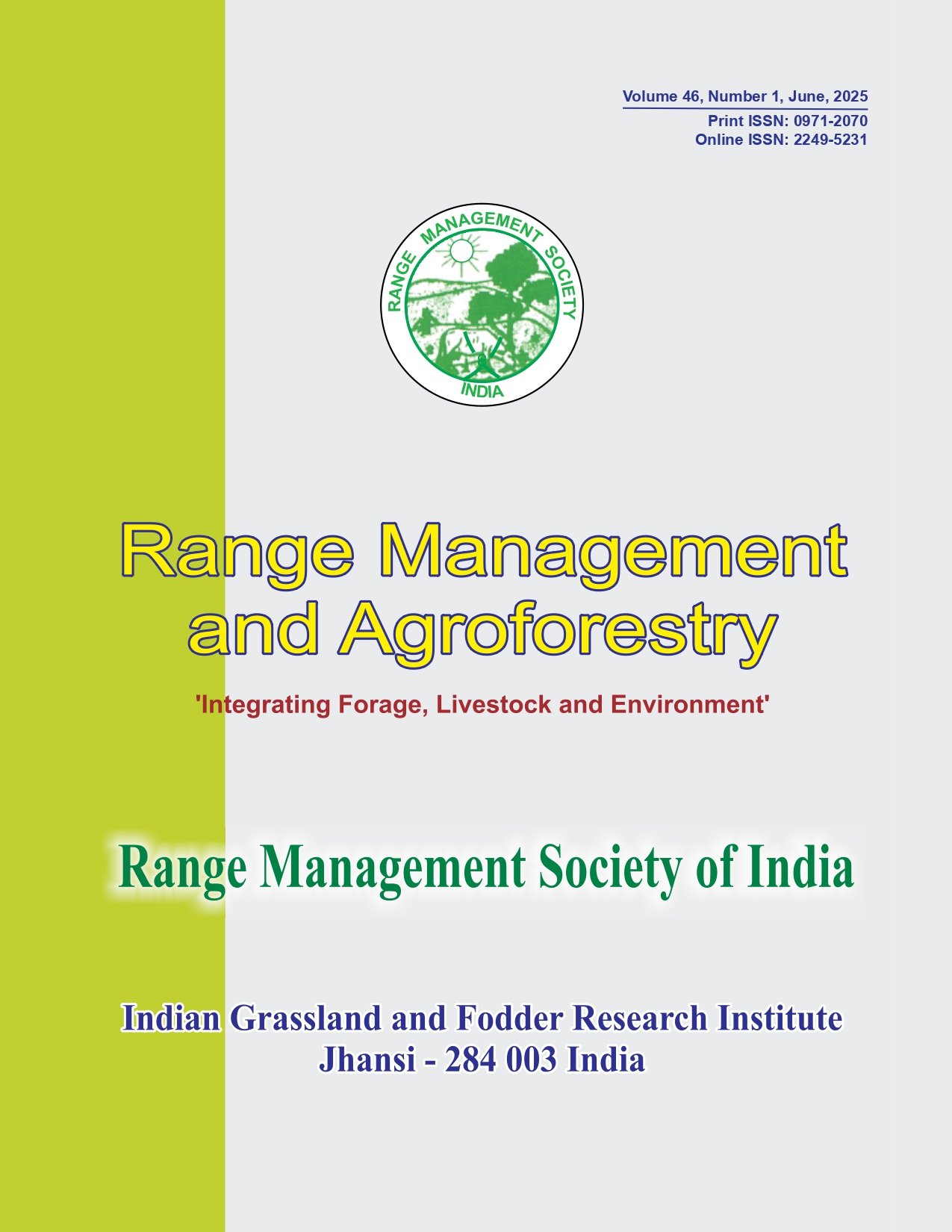Carbon and greenhouse gas mitigation through soil carbon sequestration potential of adaptive agriculture and agroforestry systems
Keywords:
Carbon sequestration, Greenhouse gases, Soil management, Soil organic carbonAbstract
Agriculture together with agro-forestry systems are perceived as a source of significant greenhouse gas (GHG) emissions, with concomitant potentials for mitigation. It is among the economic sectors having the largest GHG mitigation potential. Conversion to invigorating land uses and implementation of recommended management practices (RMP) can enhance soil organic carbon (SOC). The adoption of these alternatives is likely to have considerable benefits for some cropping systems under moderate climate change. The C sequestration potential in soils of terrestrial ecosystems is 3x109 tonnes C/year or 0.05% reduction of atmospheric CO2 at the rate of 1 Mg/ha/year by improving C pool by the end of the year 2099. The role of forest and grasslands as a sink for atmospheric CO2 is the subject of active debate. The carbon stock for the period 2006–2030 is projected to increase from 8.79x109 tonnes C to 9.75x109 tonnes C with forest cover becoming more or less stable, and new forest carbon accretions coming from the current initiatives of afforestation and reforestation programme. With the knowledge and information that is now emerging, the role of agro-forest and plantations in mitigation is becoming more and more important. Over the past decades, national policies of India aimed at conservation and sustainable management of forests have transformed India’s forests into a net sink of CO2 . Not all improved management practices are suitable to all soils and ecological conditions. Dealing with many barriers to effective adaptation will require a comprehensive and dynamic policy approach covering a range of scales and issues. A crucial component of this approach is the implementation of adaptation assessment frame works that are relevant, robust and easily operated by all stakeholders, practitioners, policymakers and scientists.




